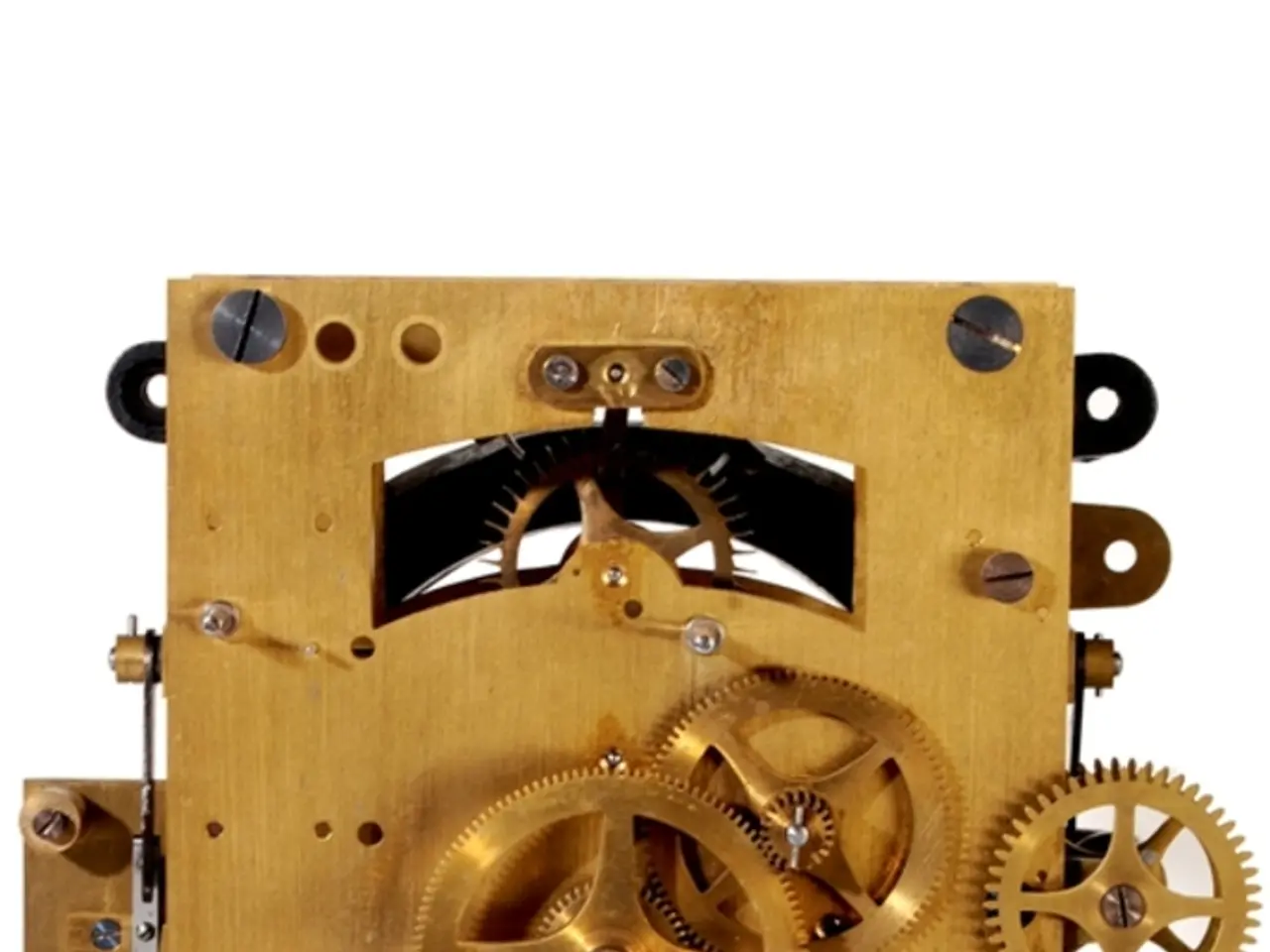Hyper-Automation Transforms German Workplaces with RPA
Hyper-automation, a blend of AI, RPA, and advanced analytics, is transforming workplaces. It automates mundane tasks, enabling employees to focus on higher-level work. This technology is already being embraced by companies like Amazon, DHL, and Zalando in Germany, with mid-sized companies also investing in it.
Hyper-automation begins with Robotic Process Automation (RPA) at its core, expanding to include AI, process mining, and analytics. It redesigns, monitors, and automates end-to-end processes. This results in increased workforce capacity, with an expected 27% boost, equivalent to 2.4 million extra full-time employees.
To ensure uniformity and innovation, effective governance and monitoring of automation systems should be implemented across all teams. Key analytics help track ROI, improve operationality, and increase workplace efficiency. Companies like Amazon and DHL have seen reduced throughput times, minimized error rates, and lowered personnel costs.
Before implementing RPA, companies should map and redesign processes to maximize automation's impact and ROI. Establishing an automation center of excellence is crucial for managing hyper-automation programs and ensuring uniform technology adoption.
Hyper-automation, with RPA at its heart, offers flexibility, scalability, improved accuracy, and decreased cycle times. German companies are pioneering its use, benefiting from state funding and advanced technologies. With successful implementation, it promises increased efficiency and a larger, more productive workforce.
Read also:
- Web3 social arcade extends Pixelverse's tap-to-earn feature beyond Telegram to Base and Farcaster platforms.
- FKS Inspections Uncover Wage, Security, and Employment Violations in Hotel and Catering Industry
- Specialist Banks Top AUTOHAUS Bankenmonitor 2025 in Customer Satisfaction
- Over 5,600 Road Safety Violations Caught in Manchester Trial








